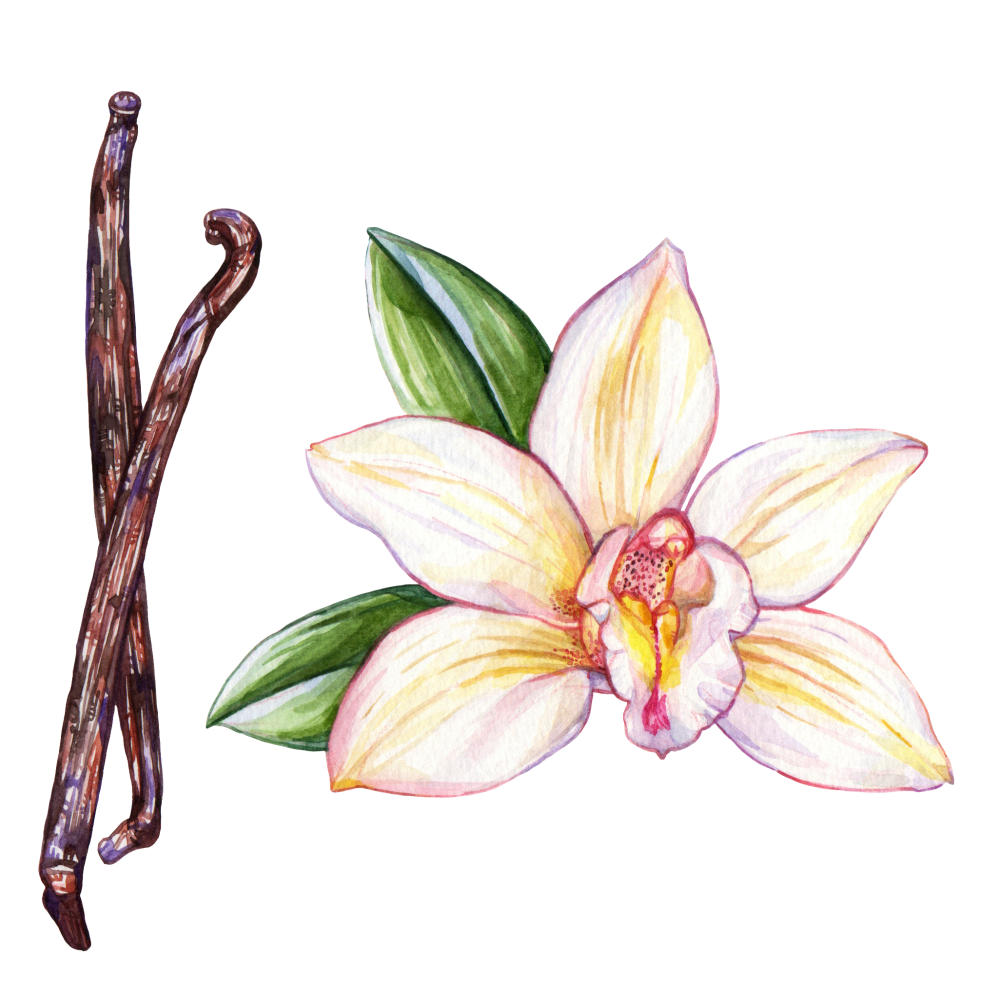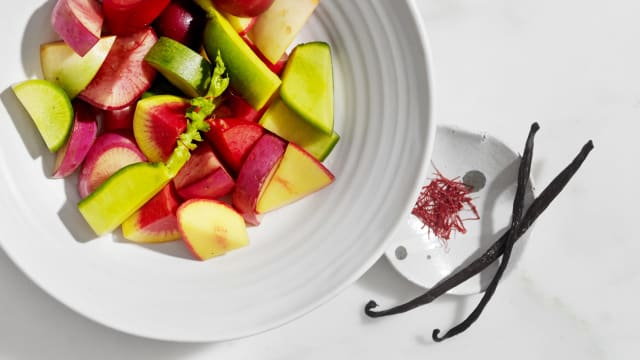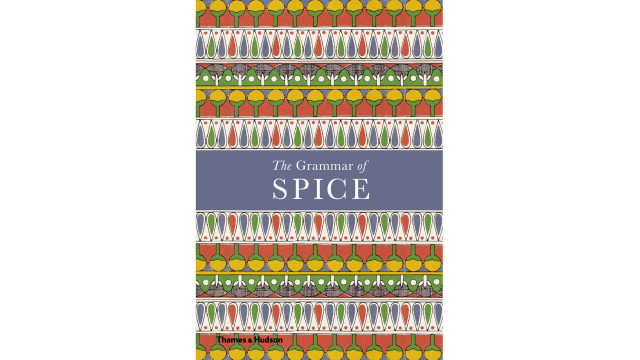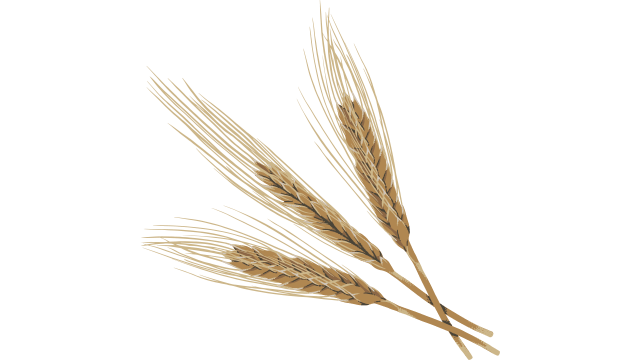Vanilla

Latin Name: Vanilla planifolila, V. tahitiensis, V. pompona
Uses: spice, extract
What is vanilla?
There’s nothing humdrum about the fermented seed pod of the only fruit-bearing orchid in the world, especially its otherworldly perfume: the world’s favorite flavor. Whoever decided that “vanilla” was an insult — a way to dismiss something as bland, boring, or basic — did this extraordinary ingredient a grave disservice. The flowers of this tropical vine produce skinny, pencil-sized fruit that is heated, fermented, dried, cured, graded, and (finally, 4 to 6 months after harvest) sold as wrinkly black “beans” full of tiny, sticky seeds.
Why is vanilla healthy?
Whole beans and their pure extracts have beneficial antioxidant, antibacterial, and anti-inflammatory properties and are also often used in aromatherapy. It is important to purchase vanilla extract from trusted sources, since most of the “vanilla” products on the market are synthesized from lignin, a sawdust or papermaking byproduct.
What does vanilla taste like?
Vanilla’s sweet and intoxicating aroma gets its unique complexity and potency from a chemical called vanillin plus over 150 other compounds that contribute to its taste and smell. Three main vanilla varieties, grown in different parts of the world, have subtly distinctive flavor characteristics. Tahitian is the most prized, partially because it makes up around 1% of the total harvest. Synthetic vanillin, used in processed foods around the world, is a one-note wonder made in industrial labs.
How do I use vanilla?
If you’ve never bought a whole vanilla bean or real vanilla extract before, you’re in for a treat. Like saffron, it has an ability to amplify other flavors, including sweetness, so it’s often used in chocolates and other confections — a few dashes of extract are seemingly obligatory in most baked goods — as well as beverages and beauty products.
Once you’ve scraped the seeds out for use in a recipe, be sure to save the pods! Stick one in a jar of either sugar or salt to infuse it with flavor or tuck it into a jar of preserved lemons for a beautiful boost. Try using vanilla salt on root vegetables before you roast them, or even throw a scraped pod in your stock pot — especially if you’re making a broth with other spices.
What does vanilla pair well with?
Vanilla’s affinity for custards, chocolate, dairy, and coffee is well known, but don’t sleep on it as a valuable addition to savory dishes as well. Many chefs cite vanilla as a secret ingredient for boosting the flavor and sweetness of seafood, especially shellfish.
Where does vanilla grow?
Vanilla originated in Mesoamerica and was likely first cultivated in what is now Mexico. Today Madagascar and Indonesia dominate global production, producing over 70% of the annual crop.
How to buy vanilla:
Buy whole beans with a strong aroma. Extract is fine for baking , but whole beans are the real deal.
Fun vanilla fact:
In Central America, the endangered melipona bee is the only wild pollinator of vanilla flowers (which only bloom for one day). As a result, almost all pollination must be done by hand, helping to make vanilla the world’s second most expensive spice after saffron.



